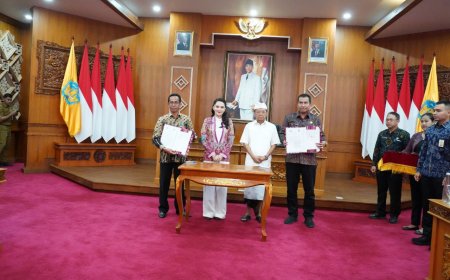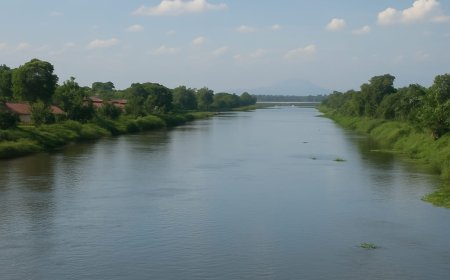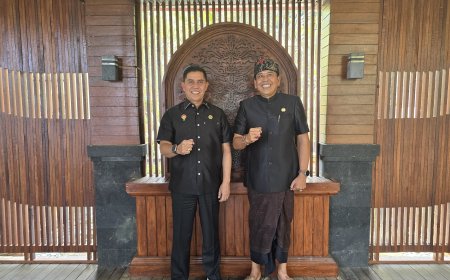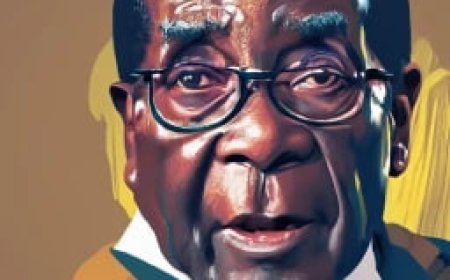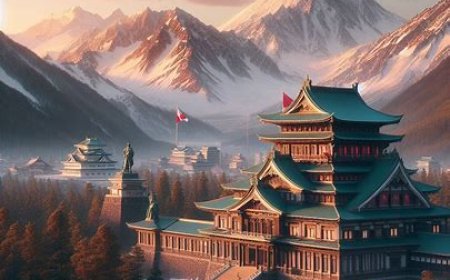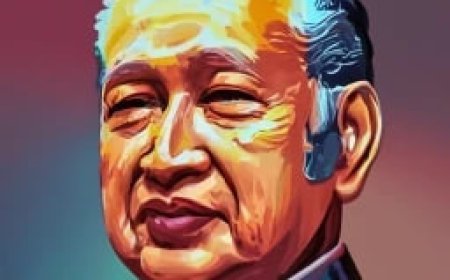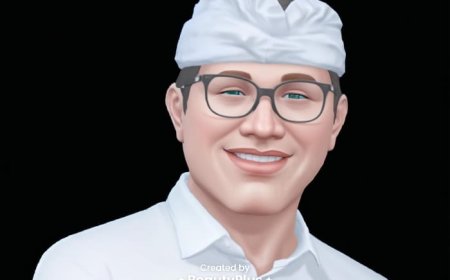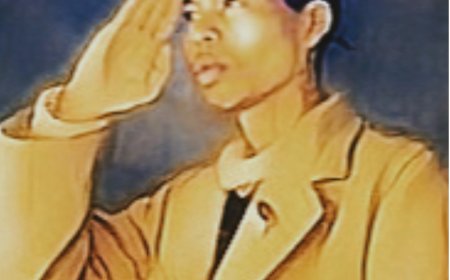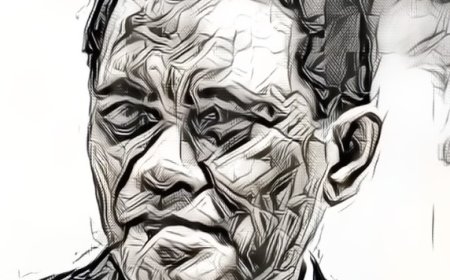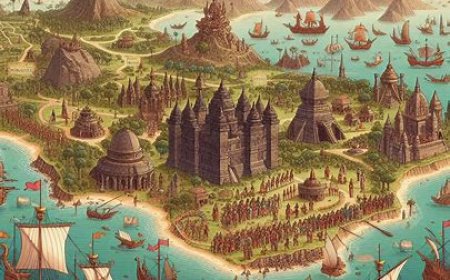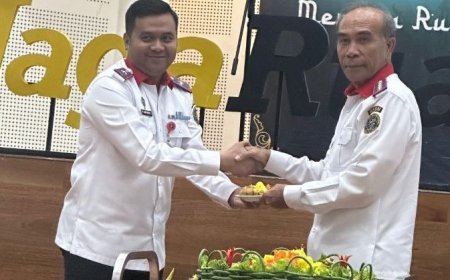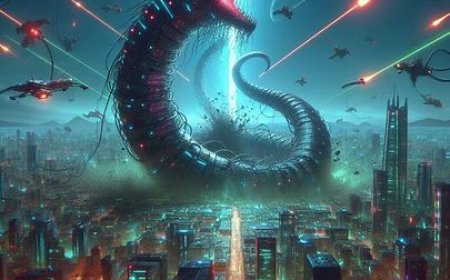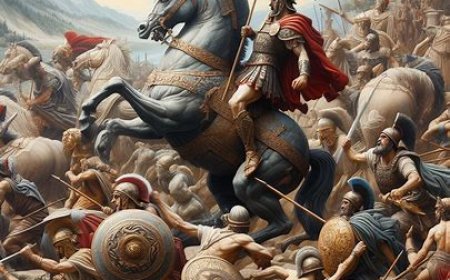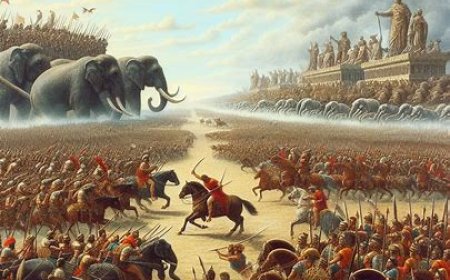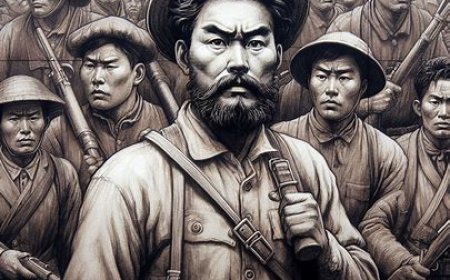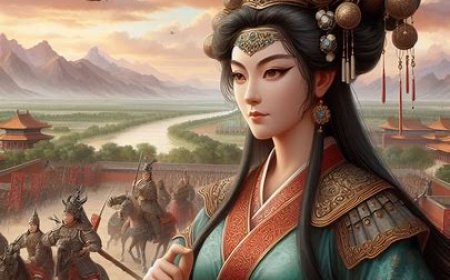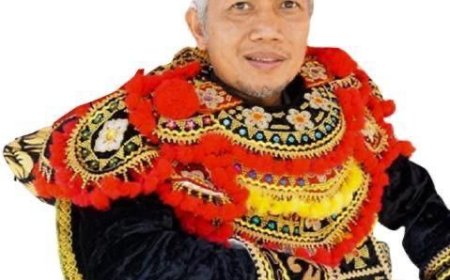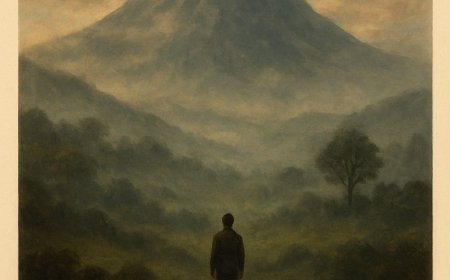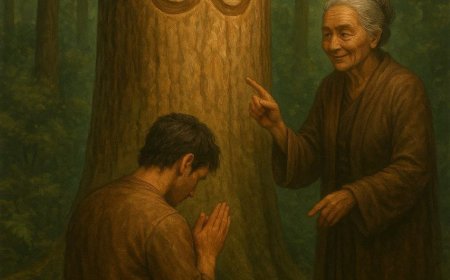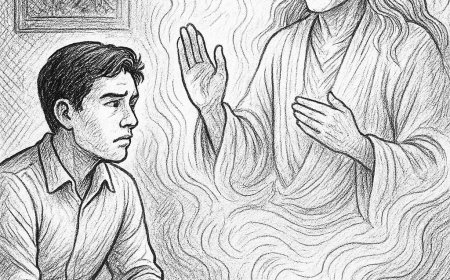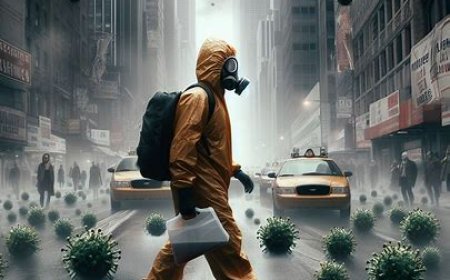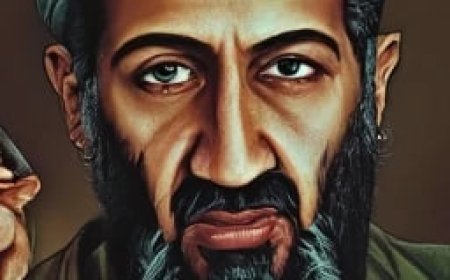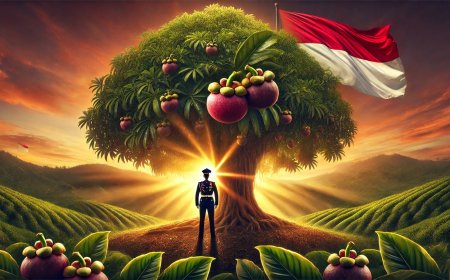Nang Lecir and the Sky That Split
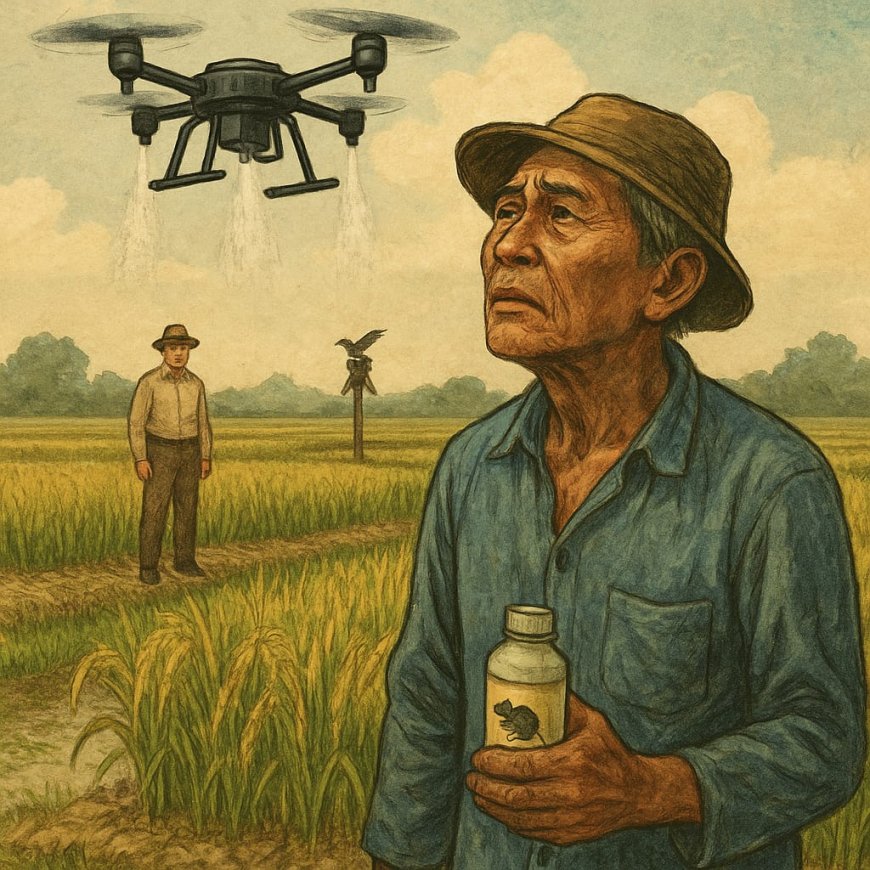
Mornings in the village of Kahuripan always arrive with the sound of trickling irrigation water and the creak of bamboo poles used to keep birds off the rice paddies. But that day was different. The sky, usually calm, was noisy. An object hovered above, buzzing like a giant wasp.
Nang Lecir, an elderly farmer who had long entrusted his life to the soil inherited from his ancestors, stopped his work. His mud-covered hands gripped his hoe tightly, his eyes fixed on the sky, lines of concern deepening on his face.
"That's the latest technology," a deep voice called out from the edge of the field. A man in a clean shirt and leather shoes stood atop the paddy ridge. He was the Landlord—owner of the land who now appeared more often on the village TV screen than in the mud.
“A drone for spraying liquid fertilizer. Fast, efficient, and no need for much manual labor. Even your field gets a share.”
Nang Lecir nodded slowly. He didn’t agree, but had no strength to resist. In his hand, the Landlord placed a small bottle of chemical solution.
“This is for the rats. So your rice doesn’t get eaten before harvest.”
Nang Lecir didn’t speak right away. He just stared intently at the bottle, as if the liquid inside could answer the doubts storming in his heart.
“Since when did nature need poison to balance itself?” he thought. “Rats exist because of leftover harvest. Snakes come to hunt rats. Eagles dive to hunt snakes. That chain was never broken—until humans began cutting it.”
But who was he? Just an aging farmer without a title. No power to refuse. Only silence—and that hurt more than the dry soil.
At night, while others slept, Nang Lecir returned to his field. He brought no poison, but lemongrass seeds, pandan stems, and a bundle of straw. He knew the natural scent of certain plants could repel rats without killing the ecosystem.
He planted lemongrass along the edges of the paddies. Made simple rat traps from bamboo and buckets. In the middle of the field, he raised a tall pole. At the top, he shaped a hawk from banana fronds and gunny sacks. The sculpture was far from perfect—but enough to stir the instincts of rats and greet the sky now quiet from bird calls.
Day by day, his field recovered. Fewer rats, softer soil free from toxins. Water flowed clearly, and the birds returned. When harvest time came, Nang Lecir’s rice stood tall, full, and fragrant.
The Landlord came, puzzled by what he saw.
“Lecir… How is it your field turned out the best? You didn’t use drones, liquid fertilizer, or poison?”
Nang Lecir looked at him calmly. He knew the question wasn’t one that needed an answer—but one that needed reflection.
“I’m not rejecting technology,” he said gently. “But I won’t destroy balance for quick results. This land isn’t just a field. It’s heritage. It’s life.”
The Landlord fell silent. Behind him, the drone still buzzed—but that sound was now lost beneath the breeze and the birdsong returning to the village sky.
By: Ngurah Sigit
The author is a sociologist, cultural observer, and media critic.
What's Your Reaction?








